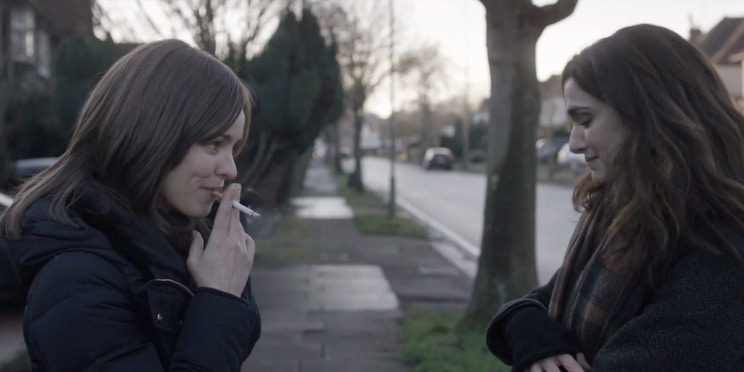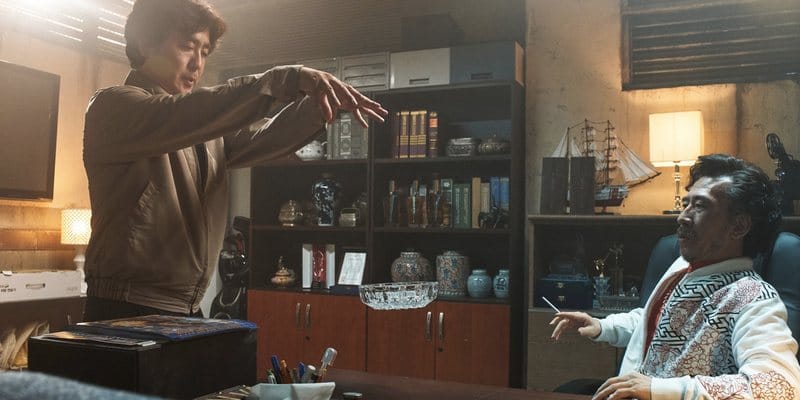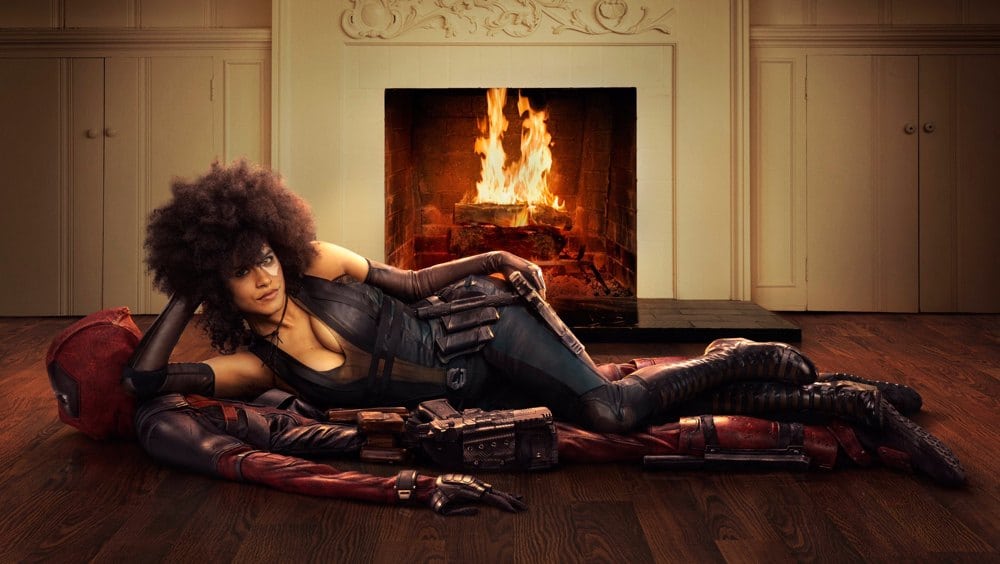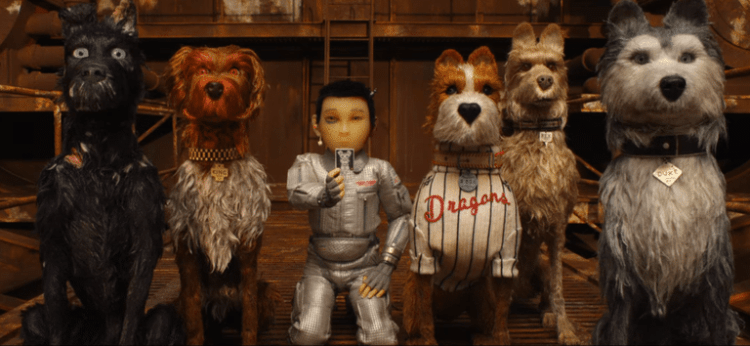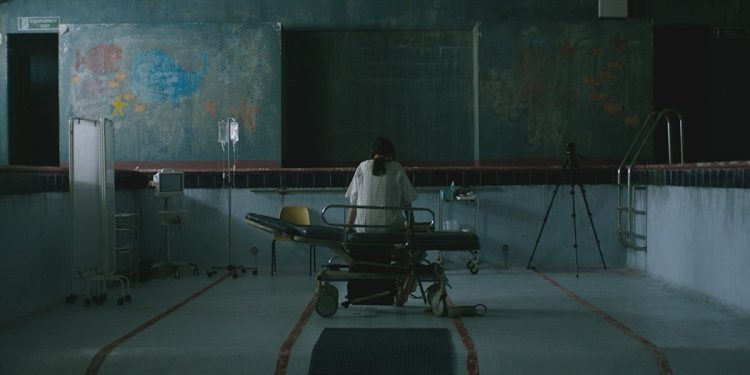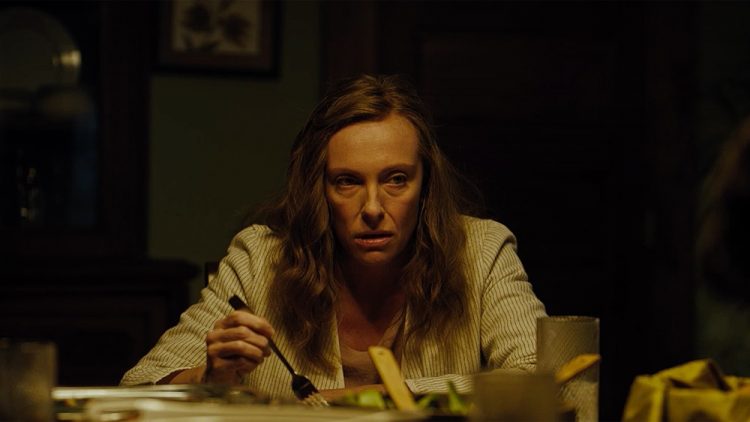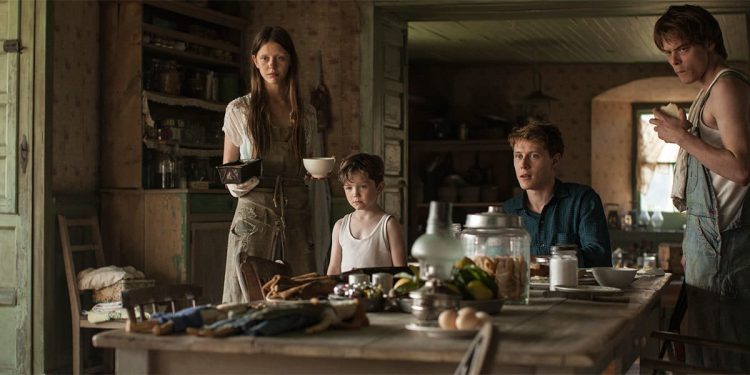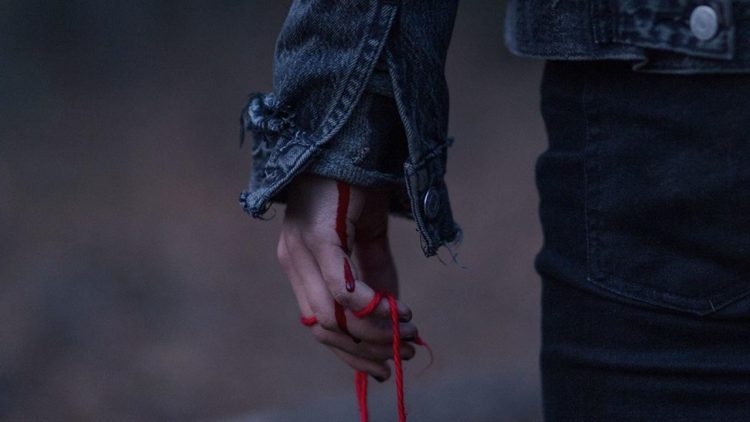It’s already been a standout year for female filmmakers.
How important has 2018 been for female filmmakers so far? Well, in January we witnessed the debut of the #TimesUp movement and the second global Women’s March in as many years. February saw female directors nearly sweeping the Sundance awards. March brought the biggest-budget film ever directed by a woman of color, along with a much-needed conversation about inclusion riders. In May, Cannes Film Festival was marked by two protests led by actresses and filmmakers demanding inclusion and diversity. And just this month, inequalities in the media industry were brought into the conversation once again thanks to both a damning research report by USC Annenberg and a feature-length documentary about this very topic, Half the Picture. So yeah, it’s been quite a year for women filmmakers.
The year has also already brought us loads of excellent films with women at the helm. So far, only four movies with female directors (A Wrinkle in Time, Blockers, I Feel Pretty, and Forever My Girl) have broken into the top 50 at the domestic box office, but that doesn’t mean the good work isn’t out there. Some of the best upcoming films, among them The Miseducation of Cameron Post, Tigers Are Not Afraid, I Am Not A Witch, and Night Comes On, have been making waves on the festival circuit but are still awaiting their theatrical release. Others have been relegated to super-limited theatrical releases, but it’s never too late to catch them on streaming services, VOD, or home media. Below, check out ten standouts from the first half of 2018.
The Rider (directed by Chloe Zhao)

A paintbrush-stroke pastel sky frames several scenes of The Rider, too perfect to be real, like something out of an Americana jigsaw puzzle. Yet the wonder of Zhao’s second film is that it is real, and so is almost everything else about this deeply affecting neo-Western. The rodeo cowboy with a debilitating head injury (Brady Jandreau)–a quietly tragic symbol of an unsustainable American ideal–is real and, along with his family and friends, all played by the people who these events really happened to. It makes sense that these people are the real deal, more or less re-enacting their own life stories on South Dakota’s Pine Ridge Reservation because Zhao’s films hold more truth in a single sequence of verisimilitude than most do in their entirety. The casual authenticity of small-town life is revealed to us with tremendous care and understanding that makes other renderings of rural America seem like a farce in comparison. Pain and longing, decades or maybe centuries old, are held in gestures and communicated in fleeting moments. A cowboy goes to a pawn shop to sell his best saddle. Two men run through the motions of a complicated handshake, one leading the other who is immobilized by permanent injury. An animal is put down, while a human is knocked in the dirt, but breathes on. And all this, too, is America.
Outside In (directed by Lynn Shelton)

Shelton’s latest is a novel idea executed with incredible tenderness. Chris (Jay Duplass) is a newly-freed felon, released from prison after twenty years served for a crime he didn’t commit. Both arrested in his development (now nearly forty, Chris travels by bike, gets a minimum wage job, and platonically pals around with a teenage girl) and made wise by his punishing isolation, the character strikes a fragile balance that an emotionally raw Duplass embodies masterfully. Fittingly, Chris tries to move beyond his long-muted life in the small Pacific Northwest town where he grew up, and its drizzly grey tones serve as a fitting backdrop. We soon find out that he was freed by the tireless work of his former teacher (Edie Falco), and though their relationship makes up the bulk of the story, it’s Chris’ quietly moving day-by-day odyssey through post-prison life that makes the film a standout.
A Wrinkle in Time (directed by Ava DuVernay)

Big, bold, and beautiful, DuVernay’s adaptation of the classic kids’ book didn’t quite get a glowing reception upon its release. Still, there’s plenty to love about this ambitious adventure film, first and foremost its message of radical self-love and acceptance. Believe it or not, DuVernay pared down the stranger bits of L’Engle’s galaxy-spanning story of faith and family, opting instead for a hero’s journey that nails home the tear-jerking theme that nothing in the universe is more foundationally important than cultivating care for yourself. Storm Reid is a memorable newcomer as Meg, a strong-willed girl searching through space for her missing scientist father. Meanwhile, a trio of fairy godmother-types played by Oprah, Mindy Kaling, and Reese Witherspoon brought us some of the most dazzling technical design–makeup, costumes, and visual effects–of the year so far.
Seeing Allred (directed by Roberta Grossman and Sophie Sartain)

This documentary is similar in structure and subject to another noteworthy woman-directed Sundance doc from this year: RBG. But while Ruth Bader Ginsburg is shown to be increasingly well-liked for her hard work and critical eye for the law, Seeing Allred’s subject, Gloria Allred, appears to be having quite the opposite experience. Throughout the documentary, Allred is frequently dismissed as sensationalist, greedy, and grating by pundits and politicians alike for her purposefully public work as a women’s rights attorney. With cohesiveness and ease, Grossman and Sartain take viewers behind the curtain, letting us see both the soft side of Allred and the motivation behind her take-no-shit toughness. Ultimately, the film tells not only Gloria’s own life story but the story of an invaluable social movement. The recent American legal history that Seeing Allred unearths, from workplace sex discrimination to marriage equality to the legitimizing of victims’ rights, is often disheartening but always necessary viewing.
You Were Never Really Here (directed by Lynne Ramsay)

Heavy on the senses and light on dialogue, Ramsay’s latest is a powerhouse of cinema that should more than suffice to cement the We Need to Talk About Kevin director as a modern auteur. Joaquin Phoenix plays Joe, a strange, haunted man who kills people with a hammer for money. The film is a kind of darkly hypnotic magic trick, circling around and around the traumas and violence at its center while withholding the full visual extent of its horror. It’s an assault of shadowy colors, unnerving sounds, and richly designed sequences, all of it combined to grip like a vice. Despite this the plot also feels incredibly straightforward, like a gritty throwback in the best way. Joe loves his mom, kills people, and doesn’t do much else until an important young girl (Ekaterina Samsonov) goes missing, presumably kidnapped by human traffickers. What happens next is surprisingly subtle, but also wild and grandiose in all the right ways.
The Tale (directed by Jennifer Fox)

At age 13, documentarian Jennifer Fox was the victim of coordinated sexual abuse at the hands of two adults she trusted and thought she loved. This is the story she retells–again and again, with varying levels of sickening detail dependant upon the moment-to-moment lucidity of her long-repressed memories–in HBO’s The Tale. Laura Dern plays adult Fox on screen, while Elizabeth Debicki and Jason Ritter play her doting abusers with all the predatory nonchalance of a pair of wildcats on the prowl. It’s young actress Isabelle Nélisse, though, who is the key to unlocking this unique story in all its unbearable realities. As a young Jennifer, she’s confident in her place within an adult relationship, except when she’s crippled by nauseating anxiety. She’s sure this is simply her first great love story, but her older self keeps getting in the way by remembering otherwise. The Tale thrives in these uncomfortable, contentious spaces between denial and acceptance, truth and self-preserving lie, knowing and understanding. In the end, Fox’s knack nonfiction helps her create a deeply upsetting, undeniably important film.
Angels Wear White (directed by Vivian Qu)

A giant statue of Marilyn Monroe–mid-dress-clutch in The Seven Year Itch–is installed in a small Chinese beach town at the beginning of Angels Wear White. She’s one of the titular angels, and serves as a totem of reluctant womanhood throughout the film, even as she’s postered-over and neglected. Meanwhile, four girls at various stages of adolescence endure their own unasked-for transitions to womanhood, which they face down with alternating anxiety and naive excitement. Two of the girls–both twelve years old–quickly become victims of sexual violence which threatens to tear apart their families and community. The other two girls, both older yet by no means equipped for something so adult, are involved as witnesses. Qu’s sophomore film is at once intriguingly broad–it explores classism, institutional corruption, and sexual exploitation with open, serious eyes–and affectingly personal. Each girl fights her own ambivalence toward an unfair world, and some fare better than others.
Set It Up (directed by Claire Scanlon)

Otherwise known as the Netflix original that launched a thousand think-pieces, Set It Up is a thoroughly fun and modern rom-com that’s getting widespread credit for reviving a flagging genre. Its best asset is fascinating cast featuring everyone from Lucy Liu to Taye Diggs to Pete Davidson to Zoey Deutch. Deutch and Glen Powell pay a pair of overworked assistants who scheme to hook up their intimidating bosses (Liu and Diggs) to land themselves a moment’s peace. It’s a far-fetched concept, but the characters’ irreverent self-awareness makes it work, and a virtual Mad Libs of comedy-dense scenarios–MLB kiss cam! Food delivery hijinks! Bikini-wax-related sneakiness!–keeps things fresh even as it hits each of the familiar romantic comedy beats. Film buffs won’t find anything particularly deep or artsy here, but fans of the genre will recognize Set It Up as the kind of enjoyable, sweet entertainment that’ll survive endless rewatching.
Revenge (directed by Coralie Fargeat)
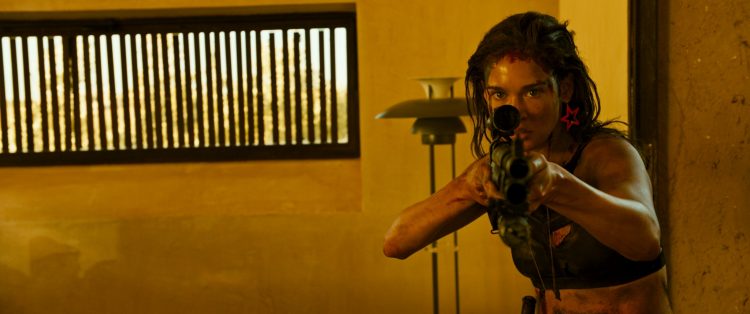
Rape-revenge movies are controversial for a reason. The exploitation they revel in is often stomach-turning, and the revenge (often realized by a bloody girl in itty-bitty clothes or a loose cannon man who’s angry on her behalf) hard to discern from male fantasy. So a genre-busting rape-revenge film directed by a woman? That’s something to see. Make no mistake, Revenge still has all the blood, guts, and titillation to be expected, but it inverts some of the grosser and more tired tropes of the subgenre in an exhilarating way. Most notably, heroine Jen (Matilda Lutz) is a badass for the ages, a young woman whose sexy confidence is never mistaken (at least on the audience’s part) for “asking for it,” and who survives based on her own sheer willpower and MacGyver-style skill. Lots of rape-revenge films feel unending and over-the-top, but Revenge is a lean survival saga with bravery in its heart.
The Strange Ones (directed by Lauren Wolkstein and Christopher Radcliff)

An unsettling, enigmatic slow-burn, The Strange Ones holds the same quietly mesmerizing dread as past indies like Martha Marcy May Marlene or Upstream Color. Two brothers (Alex Pettyfer and James Freedson-Jackson) take a cross-country trip, but their motives, relationship, and even destination are obscured to us. As they stop at diners and motels, telling differing and clearly false stories to the strangers they meet, an ominous curtain falls over their every move. The lush wilderness that surrounds the two lends the film an otherworldly vibe, and Freedson-Jackson’s performance as an eerie, tuned-out kid makes the whole thing feel perched to topple over into science fiction. The film constantly plays with our expectations of pacing, taking a long time to get where it’s going, then lingering there even as we wish it wouldn’t. Like some of the best stuff out there, it’s less of an enjoyable popcorn flick and more of an experiment in the ever-expanding limits of the medium.
The post The Best Movies Directed By Women of 2018 So Far appeared first on Film School Rejects.
